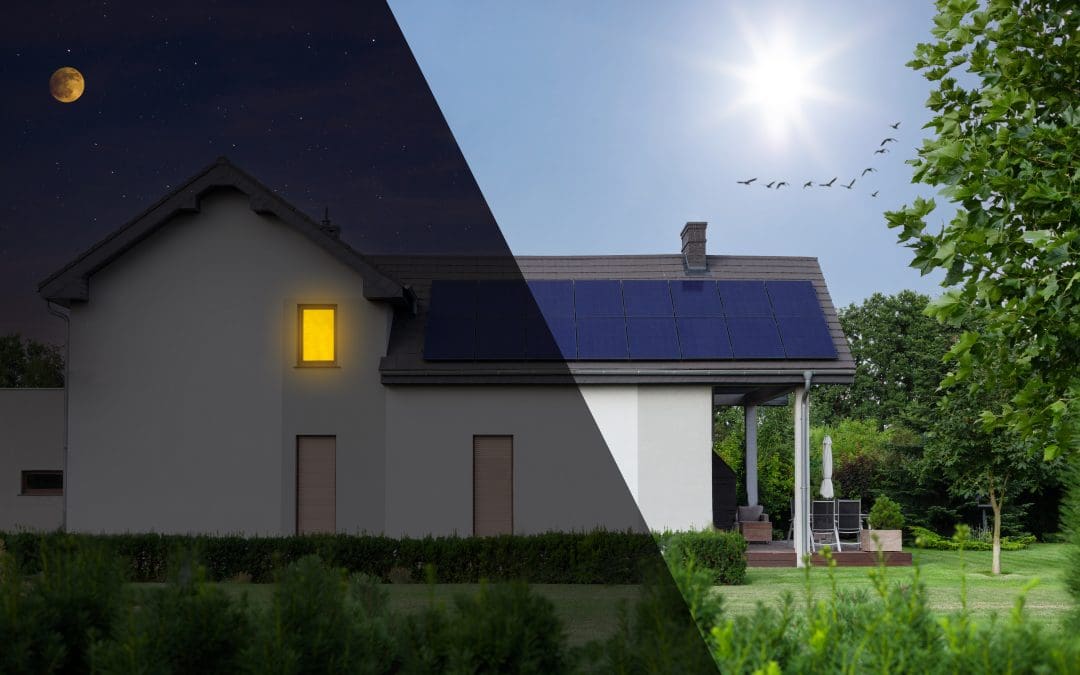Understanding the magic of Photovoltaic Solar Energy
Solar is one of the fastest growing industries in the world for good reason. Solar can be more than just a way to cut down on your carbon footprint – it can also be a great investment. Home and business owners, as well as utilities and municipalities are all taking advantage of solar energy. In fact, solar has experienced an average annual growth rate of 24% in the last decade, according to Solar Energy Industries Association (https://www.seia.org/solar-industry-research-data). This is all thanks to strong federal policies like the Solar Investment Tax Credit, declining equipment costs and increased demand. Let’s look at how a PV solar system works!
At 603 Solar we specialize in installing grid tied, photovoltaic solar energy systems for home and business owners. PV (photovoltaic) solar systems generate electricity by converting sunlight to usable electricity for your home or business. Solar systems are made up of three primary components: solar panels (or modules), inverter(s) and racking / attachments.
The process begins with sunlight, which is composed of tiny particles called photons. These photons travel to earth and eventually reach a solar panel, which is composed of multiple solar cells. When sunlight hits the cells, they absorb the energy which excites electrons inside of the panel, creating the flow of electricity. Multiple panels are wired together to create an array. The array generates direct current (DC) which then needs to be converted to alternating current (AC) to be suitable for use in homes and businesses. This is done through a device called an inverter. Once inverted, the energy flows directly into the primary electric service panel, where it can feed any load in the home or business. The size of the array depends on how much electricity production is needed and other site-specific considerations such as pitch / azimuth, shade, available space etc… The goal for us is to design a system that is tailored to the home or business owners needs and generally based on the historical electric usage of the site.
Excess energy can be back fed into the grid for a credit, through a process called Net Metering. Net metering regulations vary state to state and even utility to utility in some areas, so it’s important to understand your local regulations.
Simply put, solar panels generate energy by absorbing photons from the sun and converting the DC electricity to AC electricity through an inverter. Multiple solar panels are wired together to create an array and the array can be sized to fit the electrical needs of the site. There are many ecological and economic benefits of switching to solar, but it works a little differently for everyone which is why you should work with an expert who can evaluate the feasibility of the site.
Still have questions? Visit our FAQ page for more information.


Recent Comments